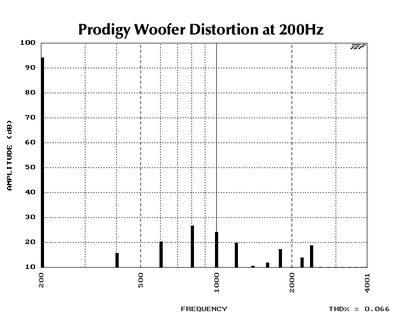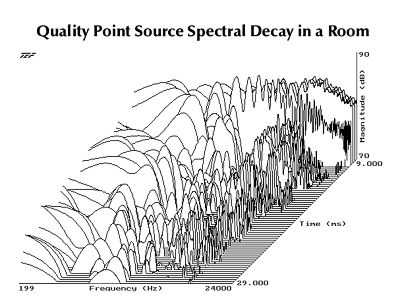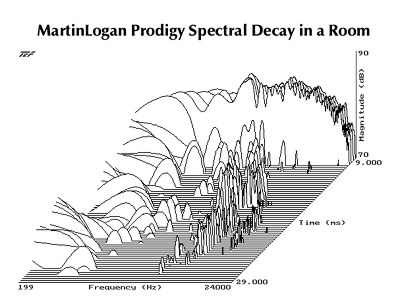| Columns Retired Columns & Blogs |
MartinLogan Prodigy loudspeaker Manufacturer's Comment
MartinLogan Prodigy: Manufacturer's Comment
Editor: Greetings and thanks for the comprehensive review.
In the late 1970s, when Ron Logan Sutherland and I began electrostatic transducer research, it seemed impossible to resolve the myriad problems associated with this fascinating technology. Since that day, innovation after innovation has been required to accomplish the dream and create a reliable state-of-the-art electrostatic system. Today, our entire team is very proud of the Prodigy, and we thank Mr. Greenhill for telling it like it is—in an ultimate design, electrostats not only are superior in how they reveal information and render detail, but also are capable of explosive uncompressed dynamics.
As we focused on dynamic driver design to interface with our electrostat, the challenge was to design a high-resolution dynamic transducer that exhibited the same linearity and low distortion as our electrostatic panel (less than 0.07% THD). To solve this issue, significant attention was paid to reducing distortion-inducing components created by the voice-coil's inductive field, as well as pushing the linear travel to the maximum. Although expensive, the results were substantial. Looking at fig.1, you can see that the typical THD distortion component of the Prodigy's electrodynamic driver at 200Hz at 94dB is less than 0.07%, which is close to that of our electrostatic panel. Looking at a typical electrodynamic driver (fig.2) at those same levels, you can see that the THD is typically in the 0.5$n1% range—seven to 14 times the distortion of the Prodigy woofer.

Fig.1 MartinLogan Prodigy woofer, distortion spectrum, 200Hz at 94dB.

Fig.2 Typical electrodynamic driver, distortion spectrum, 200Hz at 94dB.
Another interesting side note develops from our unique dispersion characteristics. The enclosed waterfall plot (in which we have opened the time window to 20 milliseconds) shows what happens to the acoustic information once the transducer generates energy into a room. The energy field from a typical-quality point source is demonstrated in fig.3. Notice the "chatter" that invariably results from the speaker/room interaction. Notice in fig.4 that the Prodigy's wave-launch room interaction causes significantly less resonance. It has been our experience that the reduction of "chatter" or nearfield reflections results in an greater ability to achieve image, focus, and ambient retrieval in a variety of rooms, helping the Prodigy to achieve high levels of performance in multiple-room configurations.

Fig.3 Typical-quality point source loudspeaker, in-room waterfall plot (20ms time window).

Fig.4 MartinLogan Prodigy, in-room waterfall plot (20ms time window).
Our engineering team developed ForceForward bass alignment to give the Prodigy more uniform bass performance in a myriad of room configurations. The positive consumer response has let us know that we have taken a giant step forward toward resolving room/speaker interface problems. By the way, yes, the Prodigy does require a lengthy break-in period in order for the system to blossom fully.
Thanks also to John Atkinson for modifying his testing formats to reveal more fully the acoustic parameters of our unique technology, and thanks again to Stereophile for your commitment to music and high-performance listening.—Gayle Martin Sanders, President, MartinLogan
- Log in or register to post comments




































